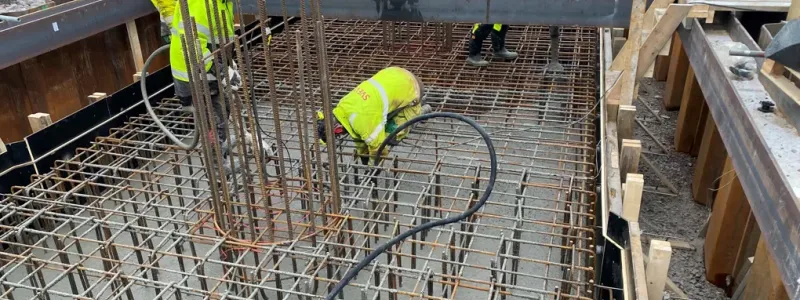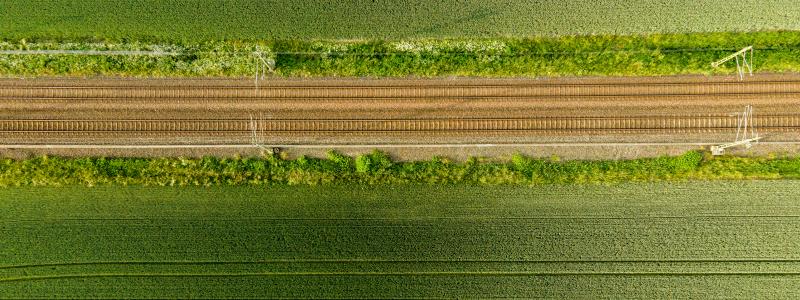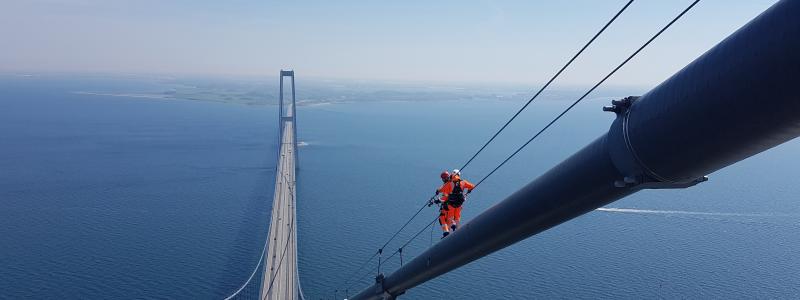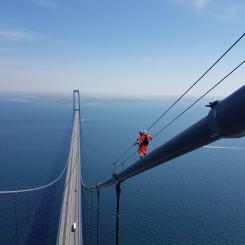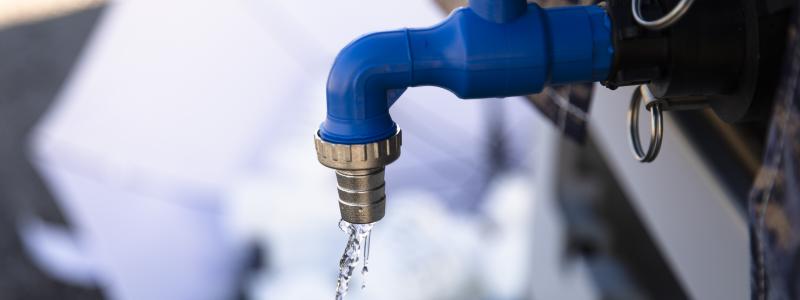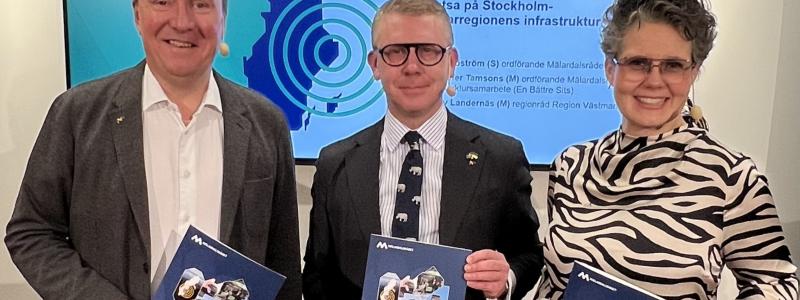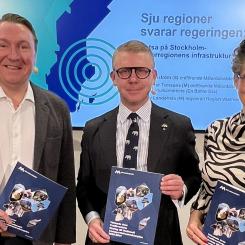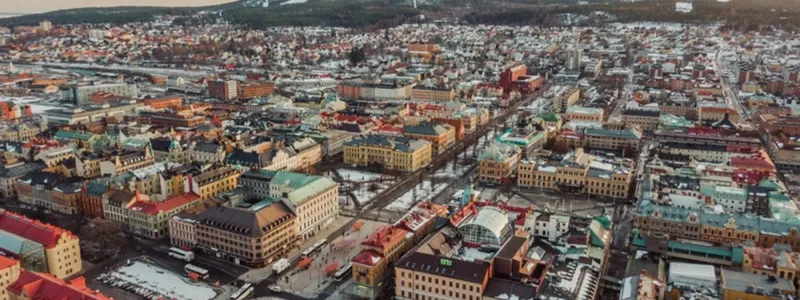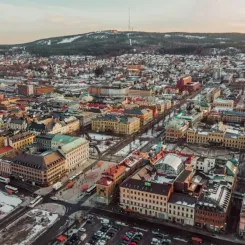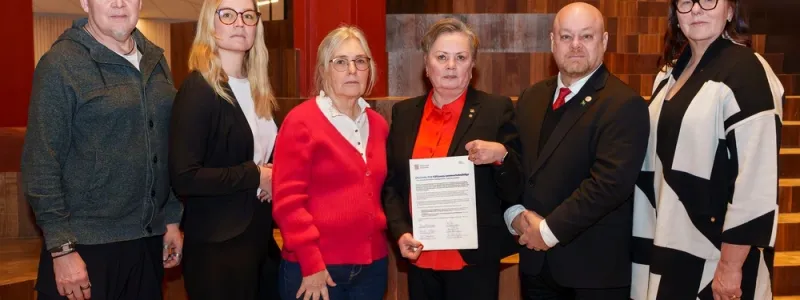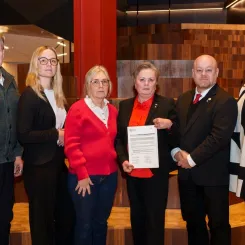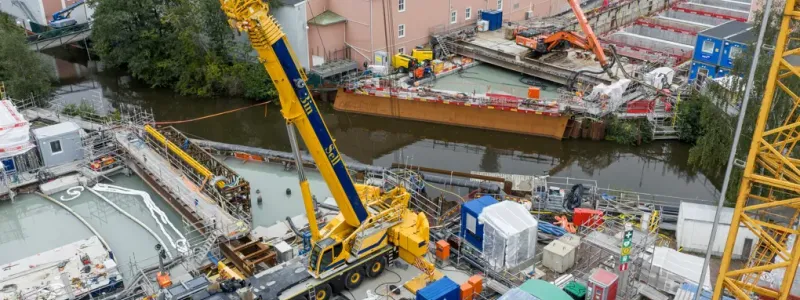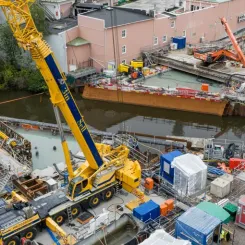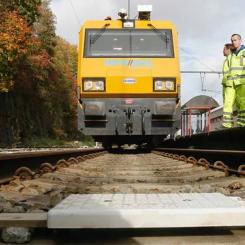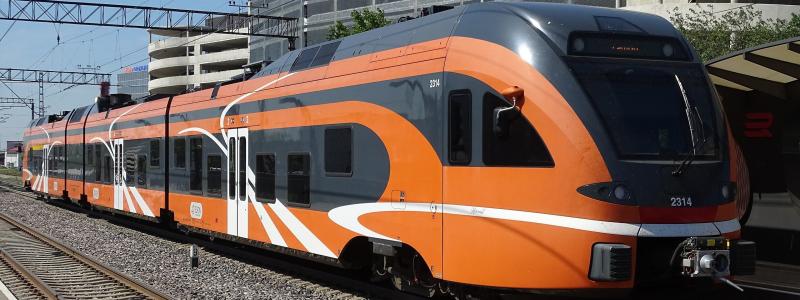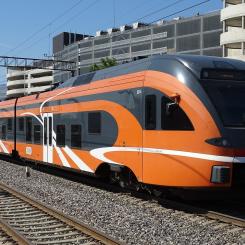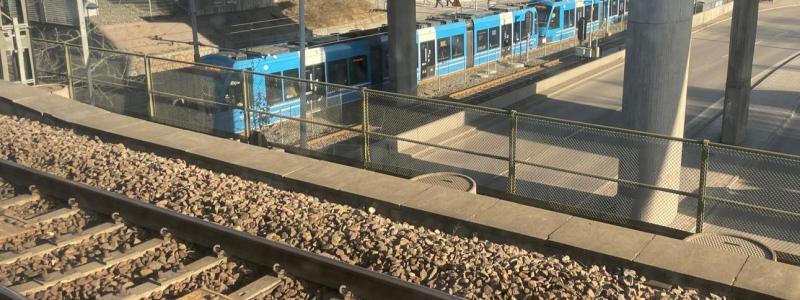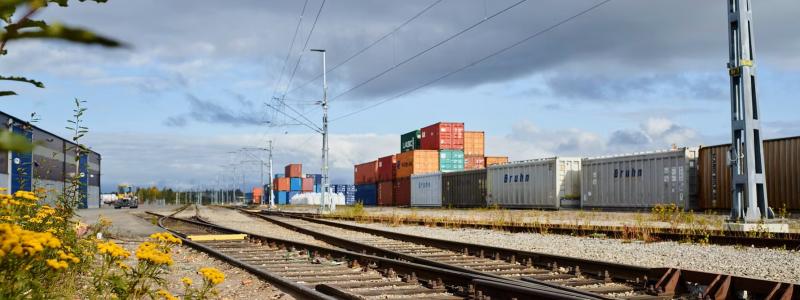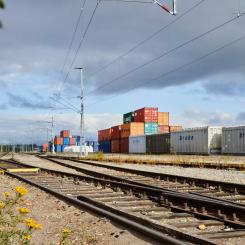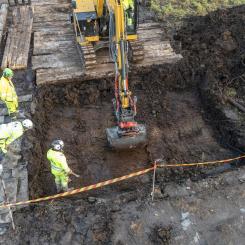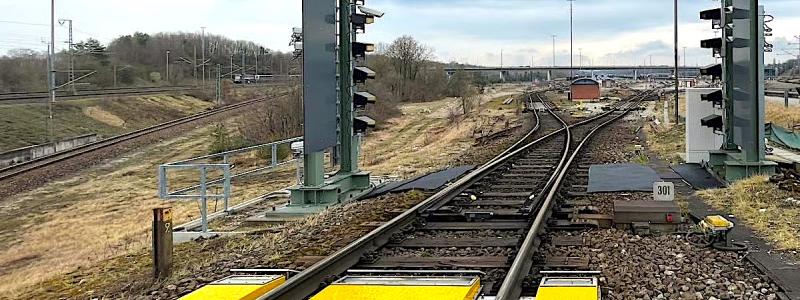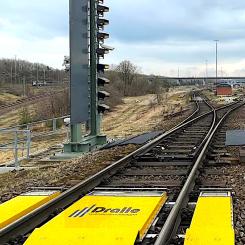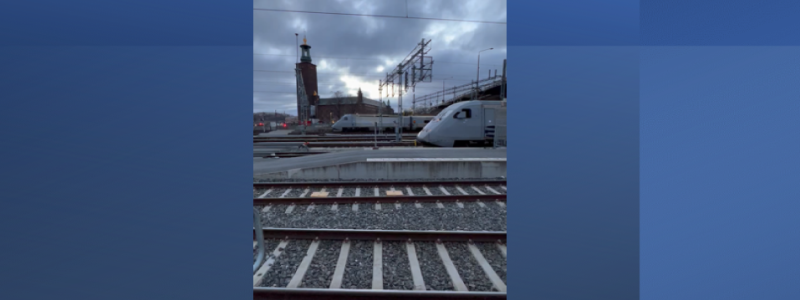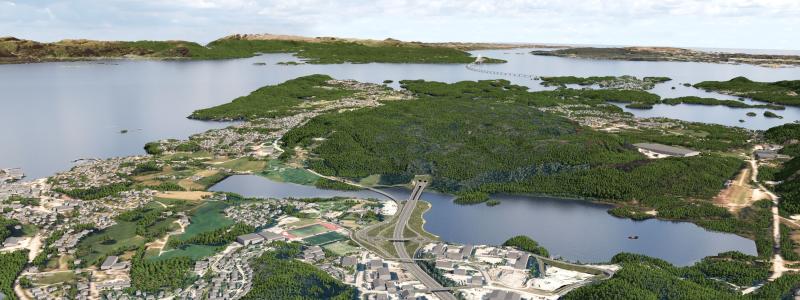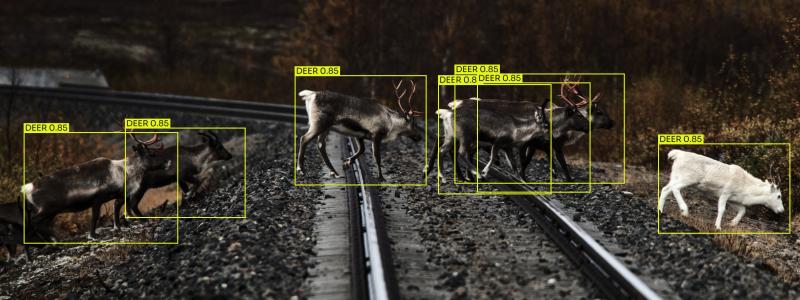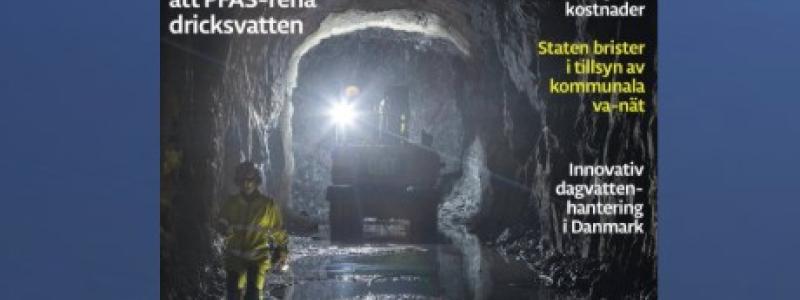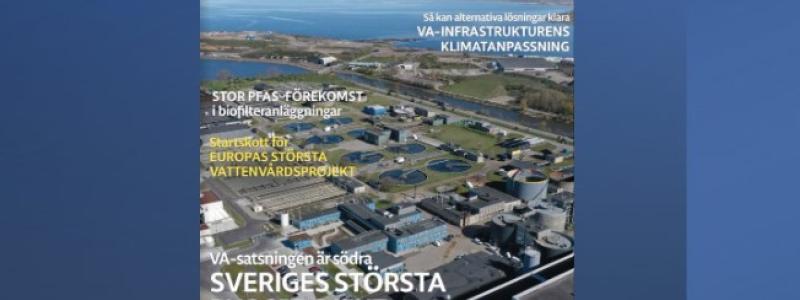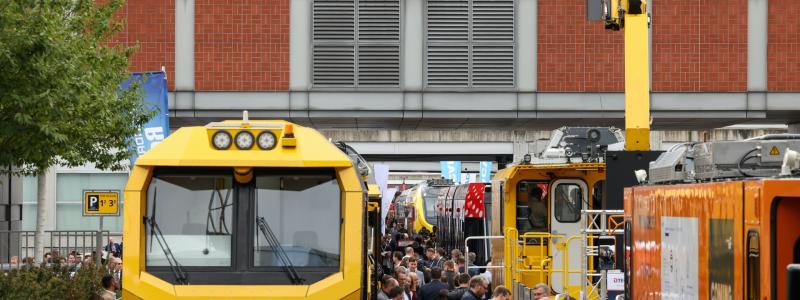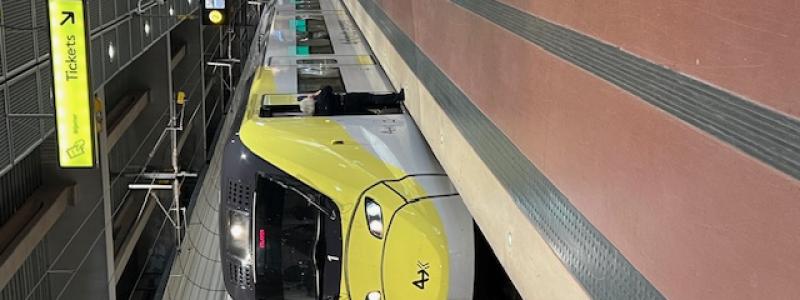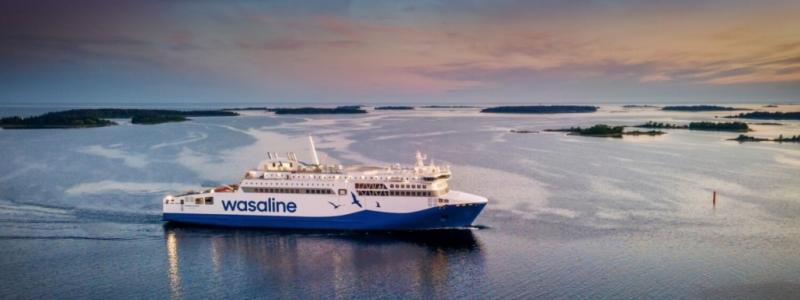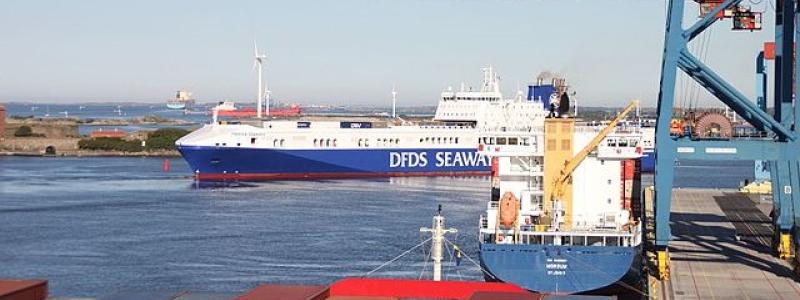Dutch Space, an EADS Astrium company based in the Netherlands, has been granted two new contracts for the delivery of solar panels for the Sentinel-1 and Sentinel-2 satellites. These satellites are part of the international Global Monitoring for Environment and Security (GMES) program of the European Union and ESA. The contract for Sentinel-1, representing a value of EUR 13.4 million, has been closed with the Italian Thales Alenia Space. For Sentinel-2 Dutch Space was granted a EUR 10.3 million by EADS Astrium in Friedrichshafen.
The GMES initiative focuses on the observation of the earth with the use of satellites in space and facilities on earth, at sea and in the air to provide environmental and safety information. Bart Reijnen, CEO of Dutch Space: “We are very proud to be able to contribute to one of the two flagship space programs of the EU. Our involvement in the important GMES initiative confirms we are able to participate at the highest European level, thanks to our profound knowledge of solar panels."
To make a different way of unfolding possible Dutch Space further developed the technology with which the solar panels open up after the satellite has been delivered in space by the launching vehicle. This is required as the panels are folded in an unusual spot against the satellite during launch. The Sentinel solar panels are equipped with a special additional panel, called the yoke panel, which not only houses part of the unfolding mechanisms, but also moves the panels with solar cells towards the Sun to maximise the power for the satellites during mission.
For the development of the solar arrays of both Sentinel-1 and Sentinel-2 Dutch Space will work together within a project team with sister organization EADS Astrium in Ottobrunn, Germany, which will deliver all components, including the solar cells, needed for the electricity supply. The Dutch company Airborne Composites is supplier of the carbon panels. The mechanisms that connect the panels to each other and to the satellite will all be manufactured by companies based in the Netherlands.
Dutch Space will deliver the first set of solar panels for Sentinel-1 half of 2011, the second set in August that year. The sets of solar panels for Sentinel-2 will be delivered beginning and mid 2012. The launch of the first Sentinel-1 satellite is scheduled for late 2011, that of Sentinel-2 in 2012.
Earth observation program GMES
As part of the GMES program ESA develops five large satellites called Sentinel, which means "gatekeeper". Each Sentinel focuses on one specific aspect of Earth observation. Sentinel-1 is a radar satellite and will continuously provide critical data for operational services such as mapping of inhabited areas and the impact on the environment, monitoring of movements of the earth's surface, inspecting the marine environment, monitoring the Arctic and forests, management of water and floods, global services for food safety and humanitarian aid in crisis situations.
The Sentinel-2 satellite will continuously provide high-resolution images delivered in different band widths. Every ten days the satellite scans any point on Earth. The comprehensive data from these measurements provide information about vegetation, earth and water cover, inland and coastal areas. The data will also be used to observe natural disasters such as floods, volcanic eruptions and landslides.
Written by Dutch Space.








